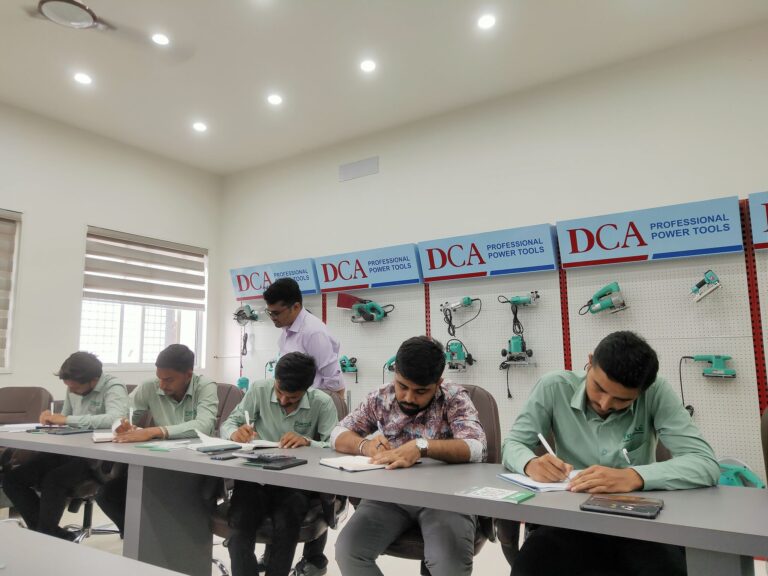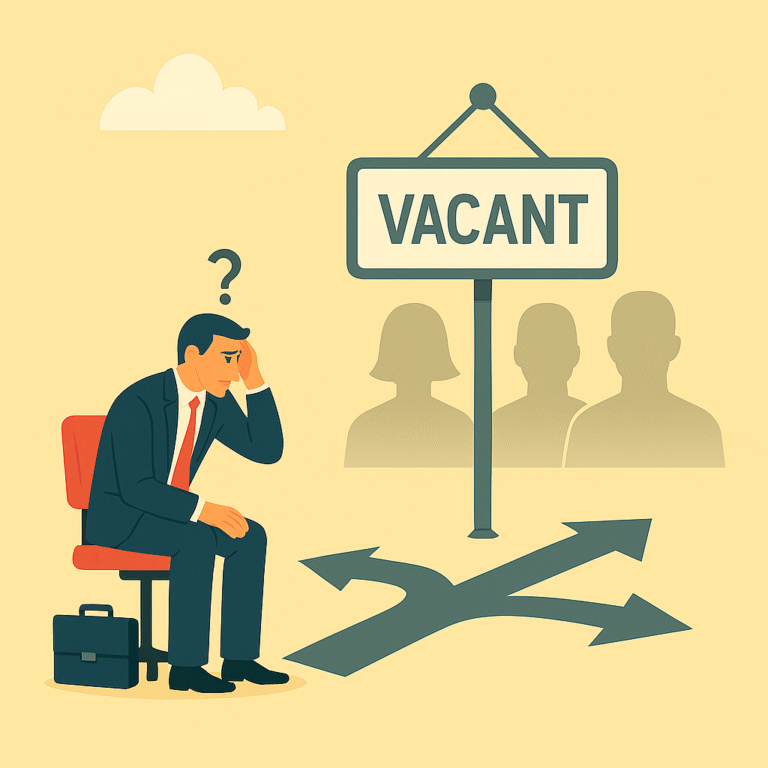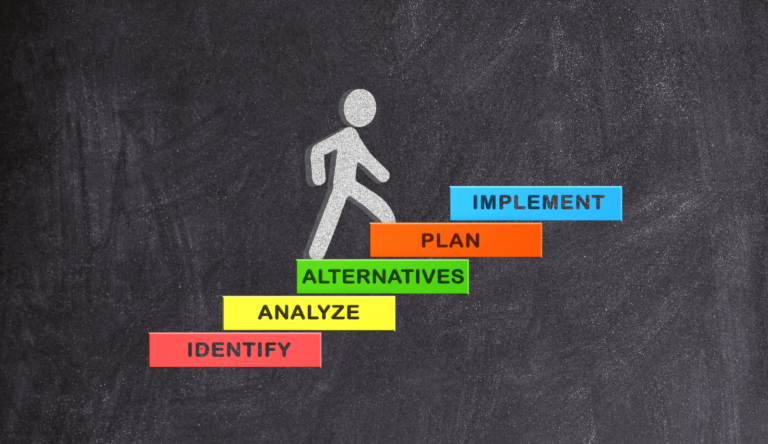Human Capital Management
Managing, developing, and retaining talent through structured processes, performance systems, and strategic workforce planning.
What We Mean by Human Capital Management
Human Capital Management (HCM) is the practice of strategically managing people processes — from hiring and training to performance tracking and retention — to maximize employee potential and business performance.
1. Talent Acquisition
Building structured recruitment processes aligned with organizational needs.
2. Employee Development
Designing targeted training and career progression programs.
3. Performance Management
Setting, tracking, and improving KRAs and KPIs.
4. Retention & Engagement
Implementing reward systems, succession planning, and a strong workplace culture.
Holistic Transformation Approach
- Aligned across all business functions and processes
- People engagement and capability building
- Built on actionable insights and data intelligence
- Designed for long-term adaptability

What Clients Usually Struggle With
1. Unstructured Recruitment
Hiring processes lack standardized role definitions, criteria, and documentation.
2. Skill Gaps
No systematic skill mapping or targeted training to close competency gaps.
3. Weak Performance Tracking
KRAs and KPIs are either undefined or not reviewed consistently.
4. Limited Career Progression
Absence of clear pathways for employee growth and promotion.
5. Low Engagement
Reward and recognition systems are weak or inconsistently applied.
6. Ineffective Exit Management
Employee transitions are poorly documented, causing loss of knowledge and accountability.

Cost of Inaction
Neglecting structured human capital management leads to high attrition, lower productivity, and reduced business competitiveness.
Talent Drain
High-performing employees leave due to a lack of growth opportunities.
Reduced Productivity
Skills and performance remain stagnant without targeted development.
Increased Hiring Costs
Frequent replacements and hiring drive costs higher.
Our Approach to Human Capital Management
We design and implement systems that ensure workforce planning, engagement, and performance are tightly integrated into business success.
The Transformation Process
Strategic Workforce Planning
Aligning recruitment needs, role definitions, and career paths with organizational strategy.
- Develop structured hiring frameworks with role clarity
- Use metrics to evaluate recruitment efficiency and effectiveness
Competency & Skill Mapping
Maintaining a skills matrix to identify and address capability gaps.
- Match employee skills with role requirements
- Plan training programs based on identified gaps
Performance Management Systems
Setting measurable KRAs and KPIs for each role with regular reviews.
- Track progress against performance benchmarks
- Link performance outcomes to career progression
Learning & Development Programs
Delivering customized, measurable training to enhance performance.
- Use LMS tools to manage training content
- Offer targeted PIP programs for performance improvement
Engagement & Retention Strategies
Building recognition programs, succession planning, and growth opportunities.
- Implement structured reward and recognition systems
- Develop succession plans for critical roles
Exit & Transition Management
Ensuring smooth role transitions and knowledge transfer during employee exits.
- Use handover sheets and asset checklists
- Analyze exit reasons to improve retention
Proven Methodology and Frameworks
HR Analytics Framework
Using data-driven insights to track attrition, engagement, diversity, and productivity for informed workforce decisions.
Workforce Planning Models
Forecasting talent needs, skill requirements, and resource allocation to align with business growth plans.
Performance Management Frameworks
Structuring KRAs, KPIs, and review cycles to measure and enhance individual and team performance.
Succession Planning Frameworks
Identifying and preparing high-potential employees to fill critical roles and ensure business continuity.
